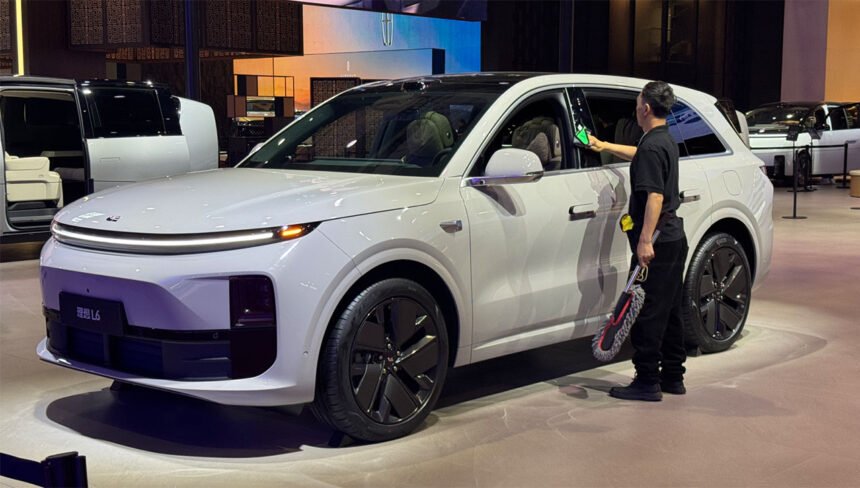Li Auto has reportedly made changes to its sales system in response to increasing market competition and short-term sales pressure. The company has withdrawn a new system that had been in place for less than six months, reverting back to a province-based sales structure.
Previously, Li Auto had divided its sales network into five regions, known as “war zones,” with each zone responsible for its own sales targets and strategies. This system replaced the previous division of 26 regions based on China’s major provinces. However, the new system led to competition between regions for orders, prompting the company to reinstate the provincial team sales structure that had previously contributed to its rapid growth.
The restructuring of the sales system also includes the creation of two new first-level departments: marketing, and sales and service operations. Han Xi, the former head of the Central region, has been reassigned as head of retail following the adjustments. The restructured sales and service system will continue to be led by the company’s president, Ma Donghui.
Li Auto has faced challenges this year, with its main L-series EREVs experiencing delivery volume declines ranging from 40 percent to 53 percent year-on-year in July. The company’s new electric SUV, the Li i8, launched last month, initially faced poor acceptance in the market. In response, Li Auto reduced the available versions of the Li i8 and lowered the price, with deliveries set to begin on August 20.
Despite these challenges, Li Auto aims to deliver 8,000 to 10,000 units of the Li i8 by the end of September. In the first seven months of the year, the company delivered 234,669 vehicles, representing a 2.21 percent year-on-year decrease. The Li Mega MPV, however, delivered 2,816 units in July, marking a 330 percent year-on-year increase.
Overall, Li Auto’s adjustments to its sales system reflect its efforts to adapt to changing market dynamics and maintain its competitive edge in the electric vehicle industry. The company’s focus on regional sales strategies and customer satisfaction will be key in driving future growth and success.






